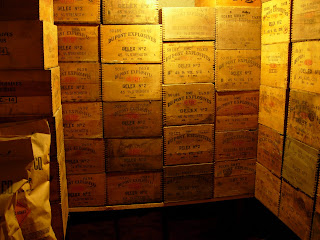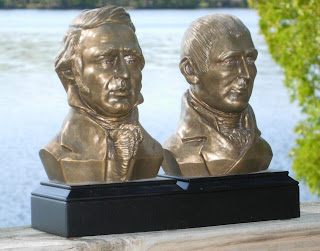


An area of almost treeless plains lies between Sheridan in northeastern Wyoming and Billings in southeastern Montana—good range for buffalo in the 19th and now cattle in the 20th and 21st. centuries. But this area also served as a backdrop for some of the final acts in the epic struggle between Indian tribes trying to preserve their nomadic way of life and advancing American pioneers trying to create farms and ranches with fenced in lands.
In 1874, when Lt. Colonel George Custer led an exploratory expedition to map the Black Hills region, he unexpectedly discovered gold. A rush of prospectors began to flood on to lands that had been set aside for the Lakota and Cheyenne Indians by the Fort Laramie Treaty of 1868. American plans to relocate the Native Americans to other less valuable lands were rejected by the tribes. Thus the seeds of renewed conflict were sown. Under the spiritual leadership of Sitting Bull, the Indians left their reservation and resumed attacking settlers going west along the Bozeman Trail, a branch off the Oregon Trail. The U.S. Cavalry, responsible for protecting the pioneers, was reinforced. A full-fledged war with the Plains Indians began.
How did the massacre at Little Bighorn occur? Many experts have written about the battle, providing complex military analysis. One factor is that Custer divided his command of about 700 men into three smaller groups in the face of a much larger Indian force. This tactical decision undoubtedly violated an important principle of battle—do not divide your forces when you are significantly outnumbered. Indian warriors then defeated the first two of these smaller groups and caused them to retreat. Futilely awaiting reinforcements, Custer’s group of 210 soldiers stood alone and vulnerable. And so the defeat of the cavalry was complete as all of Custer’s men lost their lives in what has come to be known as Custer’s Last Stand.
The soldiers and the warriors were two groups of men doing their jobs -- each was fighting to protect what they viewed as their rights. The Indian warriors fought to protect their lands violated by the Americans and the US Cavalry soldiers were doing their duty to protect the pioneers pouring into the west. The irony, of course, is that Custer discovered the gold that brought the miners on to designated Indian lands, and then he died in the aftermath.

















































